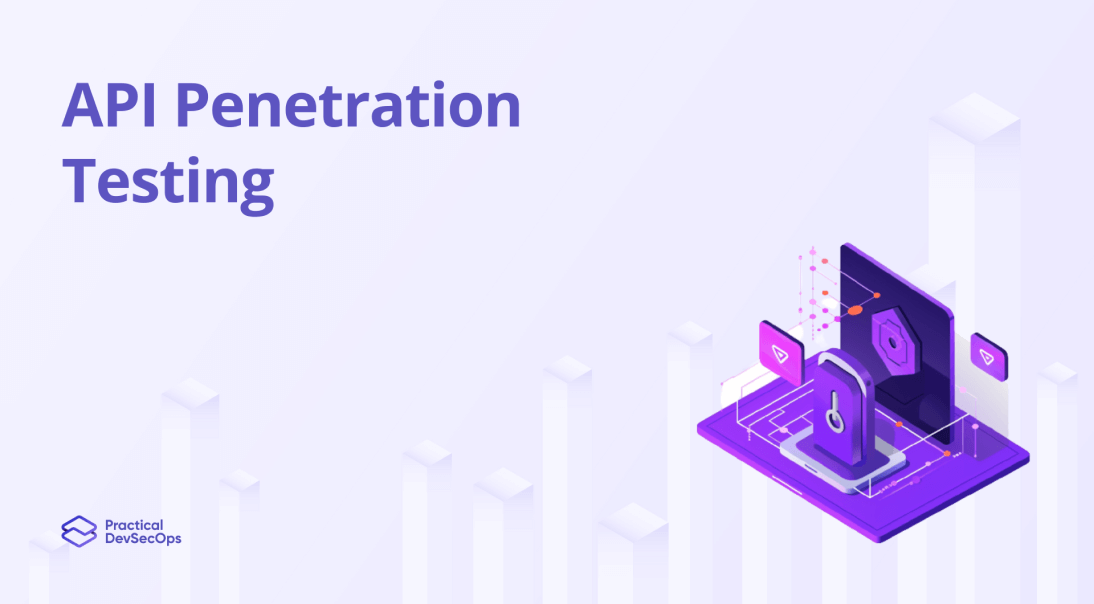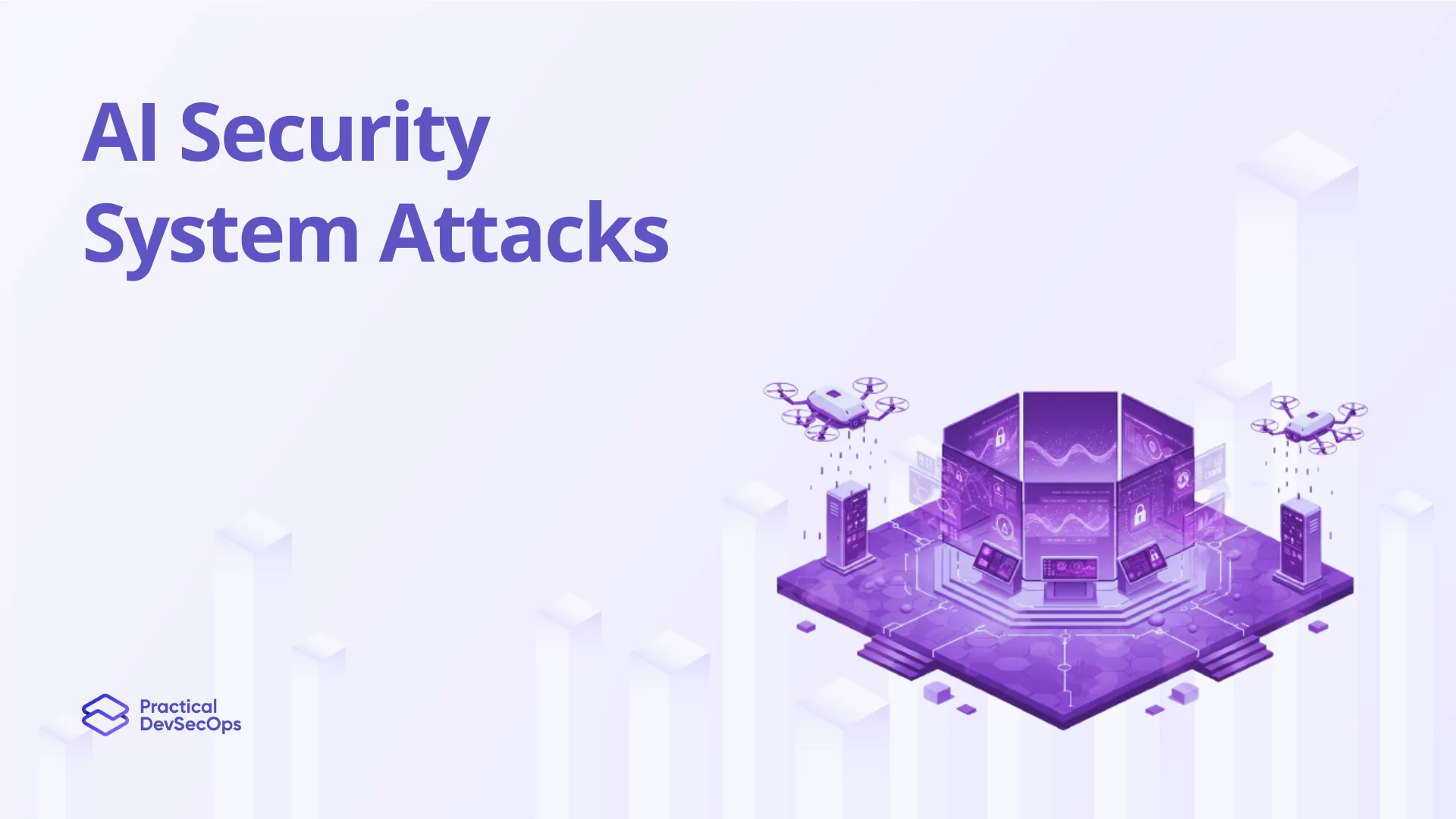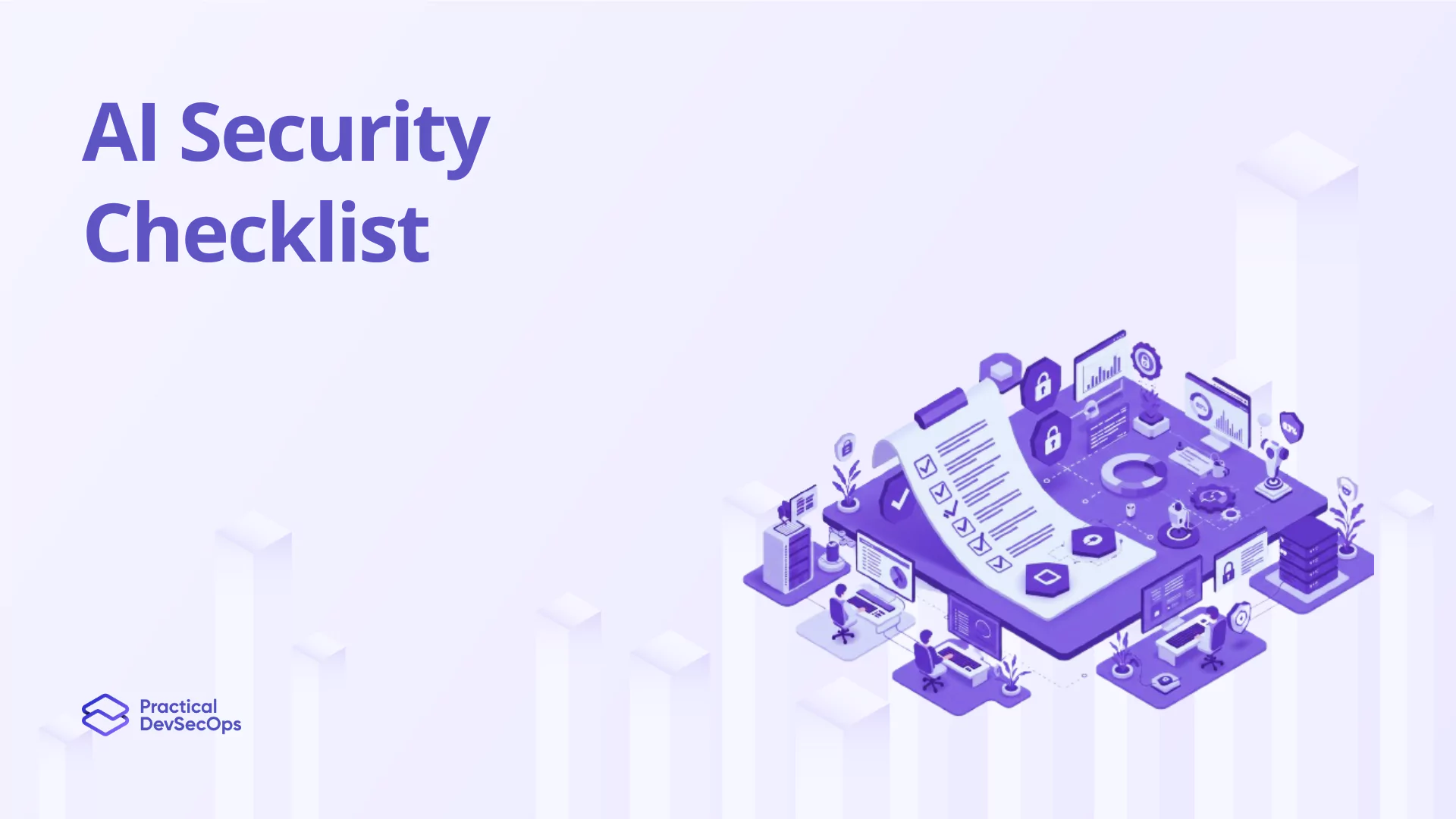In today’s digital world, APIs (Application Programming Interfaces) play a vital role in enabling communication and integration between systems, applications, and services. However, with the increasing reliance on APIs, the need to ensure their security also becomes crucial. API penetration testing, also known as API pentesting, is a process that helps organizations identify and mitigate vulnerabilities in their APIs to protect against potential attacks. In this article, we will delve into the concept of API penetration testing.
What is API Penetration Testing?
API penetration testing is the process of assessing the security posture of an application’s APIs. By simulating real-world attacks, security geeks can uncover vulnerabilities and weaknesses that malicious hackers might exploit. Just like wearing a veteran hacker’s hat, you’ll scrutinize the API endpoints, authentication mechanisms, input validation, and more to ensure they’re robust enough to withstand potential attacks.
Why is API Pentesting Important?
APIs can act as entry points for attackers, exploiting vulnerabilities to gain unauthorized access, manipulate data, or disrupt services. API pentesting is crucial for several reasons:
- Ensuring Robust Security: API pentesting identifies and mitigates potential vulnerabilities, reducing the risk of exploitation and data breaches.
- Preserving Data Integrity: By testing how an API handles user input and interactions, API pentesting ensures that data integrity is maintained throughout the communication process.
- Strengthening Trust: Regular API pentesting instills confidence in users, demonstrating an organization’s commitment to security and protecting sensitive data.
- Compliance with Regulations: Many industries, such as finance, healthcare, or government sectors, have stringent compliance requirements. API pentesting helps organizations meet these requirements and maintain industry standards.
API Pentesting Process
To conduct an effective API pentest, the following steps are typically involved:
- Scoping: Define the scope of the pentest, including the specific APIs to be tested, their functionalities, and the intended goals of the assessment.
- Reconnaissance: Gather information about the API, including documentation, endpoints, input parameters, and potential entry points for attackers.
- Vulnerability Assessment: Scan the API for known vulnerabilities using automated tools or manual techniques. Look for potential security weaknesses that could be exploited.
- Exploitation: Attempt to exploit identified vulnerabilities, simulating attacks that attackers might launch. This helps validate the seriousness of vulnerabilities and their potential impact.
- Reporting: Document the findings, including a detailed description of vulnerabilities, their potential impact, and recommended remediation measures. This report is essential for developers and stakeholders to understand and prioritize security enhancements.
API Penetration Testing Checklist
As the use of APIs (Application Programming Interfaces) continues to increase, ensuring their security becomes paramount. API pentesting, or API penetration testing, is an essential process to assess the security of an API by simulating attacks and identifying vulnerabilities. Before embarking on an API penetration testing expedition, arm yourself with this API pentesting checklist:
Understand the API:
Gain a solid understanding of the API’s functionality, endpoints, and intended usage. Analyze the API documentation to identify potential attack vectors.
Identify the Attack Surface:
Determine the entry points, such as endpoints, headers, or input parameters, through which an attacker could exploit the API.
Perform Vulnerability Assessment:
Scan for common API vulnerabilities, such as injection attacks, broken authentication, insecure direct object references, and XML external entity (XXE) attacks.
Enumerate and Test Endpoints:
Enumerate all available API endpoints and test them for security vulnerabilities, including unauthorized access, injection flaws, or sensitive data exposure.
Test Authentication and Authorization:
Assess the effectiveness of authentication mechanisms, such as API keys, OAuth tokens, or JSON Web Tokens (JWT), and ensure proper authorization levels are enforced.
Test Input Validation:
Check how the API handles user input and test for potential input validation vulnerabilities, like SQL injections or cross-site scripting (XSS) attacks.
Download Free E-book on API Security
Test for Security Misconfigurations:
Uncover misconfigurations that could lead to security breaches, such as exposed sensitive information or insecure server configurations.
Also Read, Guide to API Security Management
Check for Rate Limiting and Brute Force Protections:
Determine if proper rate limiting and brute force protection mechanisms are in place to prevent abuse and unauthorized access.
Test for Data Integrity:
Verify that data transmitted over the API is properly protected with encryption, and check for vulnerabilities like man-in-the-middle attacks.
Perform Error Handling Testing:
Test how the API handles errors and exceptions, ensuring that they don’t reveal sensitive information or provide clues for further exploitation.
Document Findings and Remediation:
Document all identified vulnerabilities, their potential impact, and provide recommendations for remediation.
Also Read, API Security Testing Checklist
Best API Pentesting Tools
Equip your arsenal with these powerful tools for conducting API penetration testing:
- Burp Suite: A top-notch web application testing tool that includes modules for testing and manipulating API traffic.
- OWASP ZAP: An open-source web application security scanner that features specialized functionalities for API testing.
- Nessus: A comprehensive vulnerability scanning tool that can also be used for API security assessments.
- Postman: A popular API development environment that can be utilized for API testing, including security assessments.
- Fiddler: A powerful web debugging proxy that allows you to intercept, inspect, and modify API traffic for security testing.
Remember, these tools are your trusty sidekicks, but it’s your expertise and creativity that will make the real difference during API penetration testing.
Also Read, Best API Security Testing Tools
Conclusion
API pentesting is a critical step in securing software applications that rely on APIs for communication and integration. By proactively identifying vulnerabilities, organizations can enhance their security posture, protect sensitive data, and mitigate the risk of cyberattacks. API pentesting plays a crucial role in ensuring the reliability and integrity of APIs, enabling organizations to build secure and resilient systems. By embracing API pentesting, organizations can strengthen their cybersecurity practices and foster trust among users, ultimately safeguarding their valuable digital assets. Stay secure and embrace the power of API pentesting!
Interested in API Security Hands-On Upskilling?
Practical DevSecOps offers an excellent Certified API Security Professional (CASP) course with hands-on training through browser-based labs, 24/7 instructor support, and the best learning resources to upskill in API security.
Start your journey mastering API security today with Practical DevSecOps!
Also Read about, API Security Trends of 2025
Download Free E-book on API Security







0 Comments